-
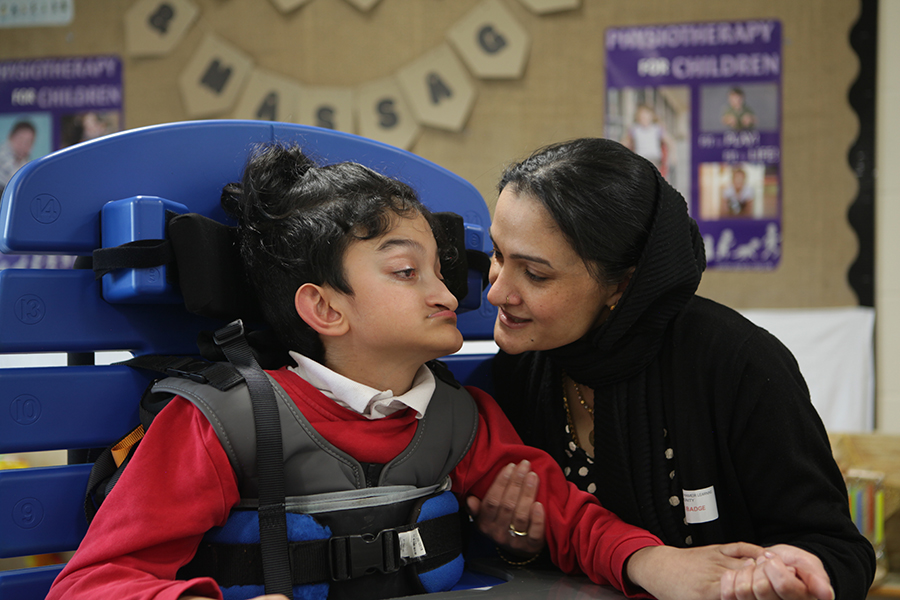
Case study: Standing system enables Zain to give his mum a standing cuddle for the very first time
•
Jenx’s Supine Stander 3 has helped 11-year-old Zain easily socialise at eye-level with his peers, give his mum a standing a cuddle for the first time, and go from a horizontal to standing position in seconds. Zain is a cheeky boy from Rochdale with a wonderful smile that instantly lights up the room. He…
-

Research highlights the disconnect between how AT is developed and how it works in practice
•
A new study by the University of Chichester in collaboration with a range of universities and charities across the South coast highlights the critical gap between technological promise and lived reality for people with dementia. It found that innovation developed with the intention to help people, such as voice-assisted devices, can instead cause anxiety,…
-

Awards evening to recognise assistive tech innovators, retailers, suppliers and service providers
•
The British Healthcare Trades Association (BHTA) is inviting the healthcare and assistive technology industries to take part in its annual awards evening. The British Healthcare Trades Industry Awards 2025 will take place at Cutlers’ Hall in Sheffield on 4 December 2025. With a variety of categories to enter, the BHTA is calling on innovators,…
-
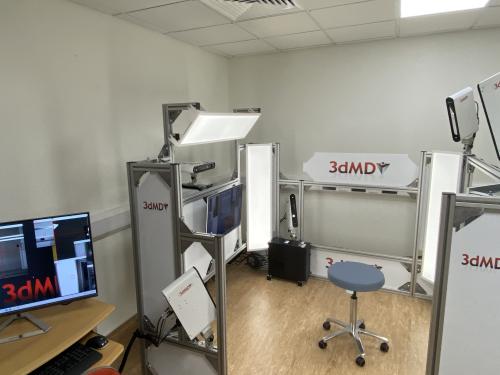
New Bristol 3D Medical Centre will develop cutting-edge, bespoke prosthetics and devices
•
North Bristol NHS Trust has opened an innovative centre for 3D scanning and printing, providing state-of-the-art technology for the development of bespoke prosthetics and devices. The Bristol 3D Medical Centre brings together expertise for digital planning, design, and manufacturing of patient-specific devices and medical models to enable safer and more accurate patient care. According…
-
[이슈 제안] AI 혁명, 시각장애인에게 ‘빛’이 될 것인가 ‘장벽’이 될 것인가 – 교육플러스
•
[이슈 제안] AI 혁명, 시각장애인에게 ‘빛’이 될 것인가 ‘장벽’이 될 것인가 교육플러스
-
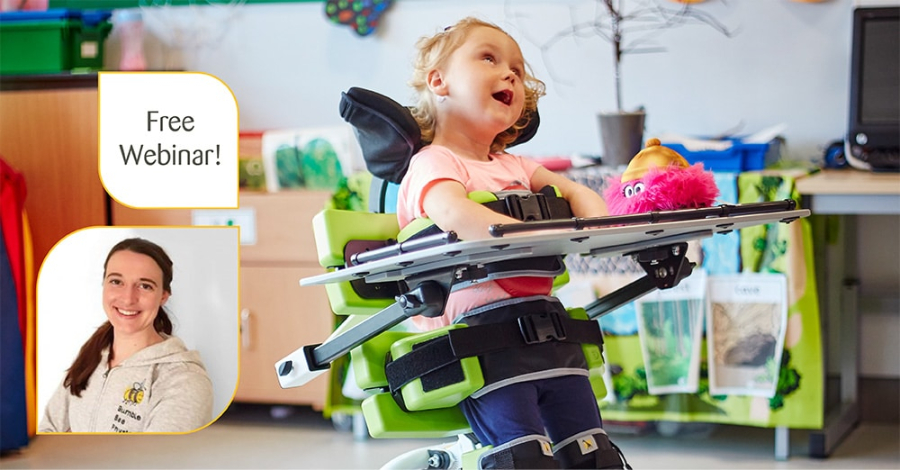
Webinar for HCPs will address increasing activity levels in children at risk of sedentary lifestyles
•
Jenx has announced that its next free webinar for healthcare professionals will discuss the strategies for increasing active time in two paediatric populations that are often more at risk of being sedentary in their daily lives. The webinar, ‘Move to Thrive’ will take a look at increasing activity levels in children at risk of…
-
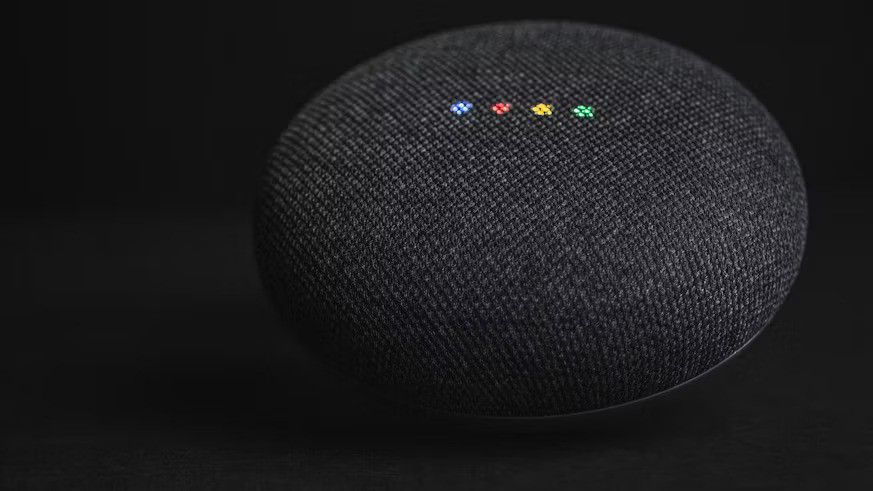
Off-the-shelf smart speakers can complement formal therapy for children with speech difficulties, study finds
•
New research from Cardiff University suggests that smart speakers might help children with speech difficulties practice speaking slowly and clearly. The study, led by academics at the Cardiff University School of Psychology, found that off-the-shelf speakers were an enjoyable and feasible speech practice tool to complement formal therapy. Importantly, the study indicates that caregivers…
-

Scottish Government to provide a focal point for training, digital and support to health boards
•
Supporting people to lead longer, healthier, and more fulfilling lives will be at the heart of two new ten-year plans published by the Scottish Government, aimed at creating and maintaining good health, preventing disease, and reforming health and social care services. The Population Health Framework aims to tackle the root causes of poor health…
-
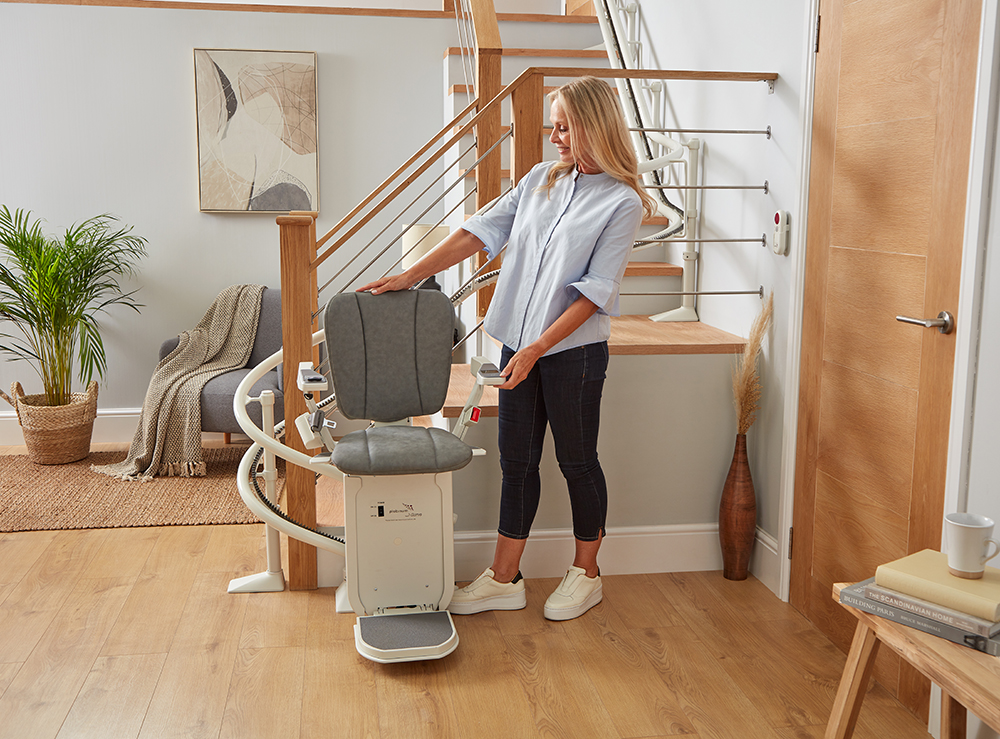
New mobility partnership aims to bring trustworthy and cost-effective stairlift installations to users
•
Ergo Curve Stairlift Multicare Medical, a specialist provider of patient handling and care equipment, has teamed up with stairlift manufacturer Platinum Stairlifts to deliver reliable stairlift installations in people’s homes. As part of the new partnership, Multicare Medical will supply and install Platinum Stairlifts’ range of UK-manufactured stairlifts. Importantly, each installation is delivered in-house…
-

£1.7m government funding for 4,000 schools will help children with SEND trial assistive tech
•
Minister for School Standards, Catherine McKinnell The Department for Education (DfE) has provided £1.7 million funding to allow children with special educational needs and disabilities (SEND) to trial innovative assistive technologies. Up to 4,000 schools will be able to pilot assistive technologies in classrooms to support thousands of children with SEND to achieve and…
